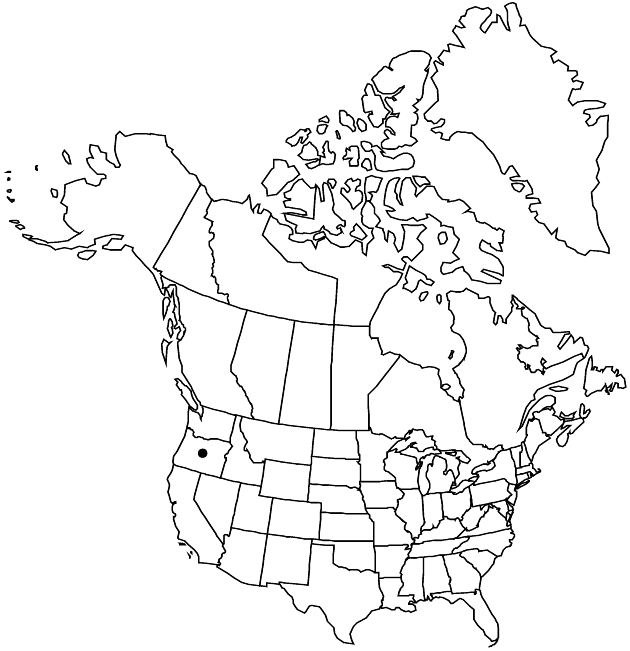Eucephalus vialis
Torreya 20: 122. 1921.
Perennials, 60–120 cm (caudices stout). Stems erect, pilose to glandular-pubescent. Leaves: middle and distal cauline blades lanceolate-elliptic, 5–9 cm × 15–30 mm, abaxial faces usually glabrous, sometimes sparsely pubescent, adaxial faces glandular-pubescent. Heads 5–50 (–120) in racemiform to paniculiform arrays. Peduncles stipitate-glandular. Involucres turbinate, 8–10 mm. Phyllaries in 3–6 series (sometimes reddish at margins and apices), linear to linear-oblong (strongly unequal), apices acute to acuminate, abaxial faces stipitate-glandular. Ray-florets 0. Cypselae pilose; pappus bristles in 2 series, smooth or ± barbellate.
Phenology: Flowering Jul.
Habitat: Dry open oak or coniferous woods
Elevation: 200–500 m
Discussion
Of conservation concern.
Eucephalus vialis is only known from Lane and Douglas counties. It is considered threatened. It is in the Center for Plant Conservation’s National Collection of Endangered Plants.
Selected References
None.
